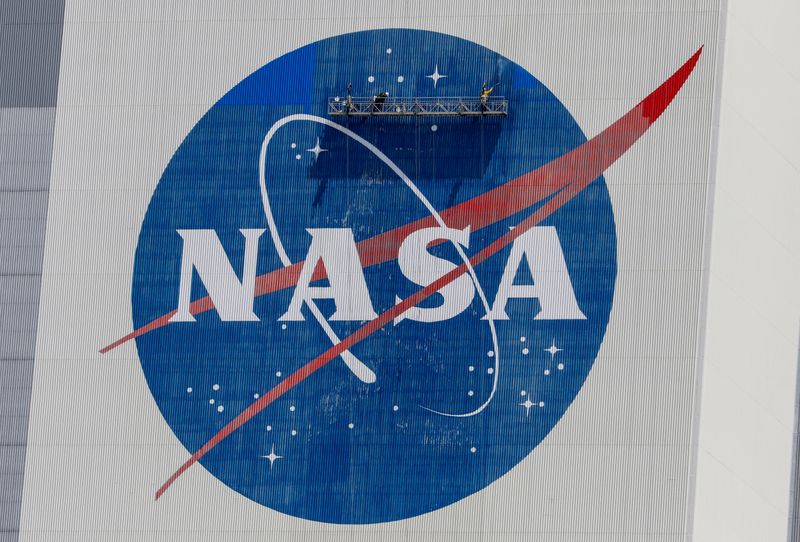By Steve Gorman
(Reuters) - A spacewalk planned for Tuesday to replace a faulty antenna on the International Space Station has been postponed for 48 hours, after mission control concluded that the position of orbital debris cited for the delay posed no risk to the repair operation, NASA said.
Two U.S. astronauts were originally due to venture outside the space station on Tuesday morning to begin their work, despite what NASA officials acknowledged was a slightly elevated risk level from debris scattered in low-Earth orbit by a Russian anti-satellite missile test this month.
But about five hours before the outing was to have begun, the National Aeronautics and Space Administration announced the spacewalk had been temporarily called off after mission control was alerted that the U.S. military's Space Surveillance Network had detected debris that could collide with the space station. The origin of the debris was not made clear in the NASA announcement.
On Tuesday afternoon, NASA said its evaluation of the situation "determined the orbit of the debris does not pose a risk to a scheduled spacewalk" or space station operations.
The antenna repair was rescheduled for Thursday, with astronauts Tom Marshburn, 61, and Kayla Barron, 34, set to begin their planned 6-1/2-hour spacewalk starting at 7:10 a.m. EST (1210 GMT).
A NASA spokesman, Gary Jordan, said there was no information available about the size of the debris, its proximity to the space station, which is orbiting about 250 miles (402 km) above the Earth, or whether one or more objects were involved.
"We have no indications that this is related" to the Russian missile test weeks earlier, Jordan added in an email to Reuters.
The planned "extravehicular activity," or EVA, will mark the fifth spacewalk for Marshburn, a medical doctor and former flight surgeon with two previous trips to orbit, and a first for Barron, a U.S. Navy submarine officer and nuclear engineer on her debut spaceflight for NASA.
Their objective is to remove a faulty S-band radio communications antenna assembly, now more than 20 years old, and replace it with a new spare stowed outside the space station.
According to plans, Marshburn will work with Barron while positioned at the end of a robotic arm operated from inside the station by German astronaut Matthias Maurer of the European Space Agency, with help from NASA crewmate Raja Chari.
The four arrived at the station on Nov. 11 in a SpaceX Crew Dragon capsule launched from the Kennedy Space Center in Florida, joining two Russian cosmonauts and a NASA astronaut already aboard the space laboratory.
Four days later, Russia fired a missile into one of its own defunct satellites in an unannounced space weapons test, generating a large orbital debris field that prompted an emergency aboard the space station. All seven crew members scrambled to take shelter in their docked spaceships to allow for a quick getaway until the immediate danger passed, according to NASA.
The residual debris cloud from the blasted satellite has since dispersed, according to Dana Weigel, NASA deputy manager of the space station program.
But NASA calculates that remaining fragments continue to pose a "slightly elevated" background risk to the orbiting platform as a whole, and a 7% higher risk of spacewalkers' suits being punctured, as compared to before Russia's missile test, Weigel told reporters on Monday.
Although NASA has yet to fully quantify hazards posed by more than 1,700 larger fragments it is tracking around the station's orbit, the 7% higher risk to spacewalkers falls "well within" fluctuations previously seen in "the natural environment," Weigel said.
